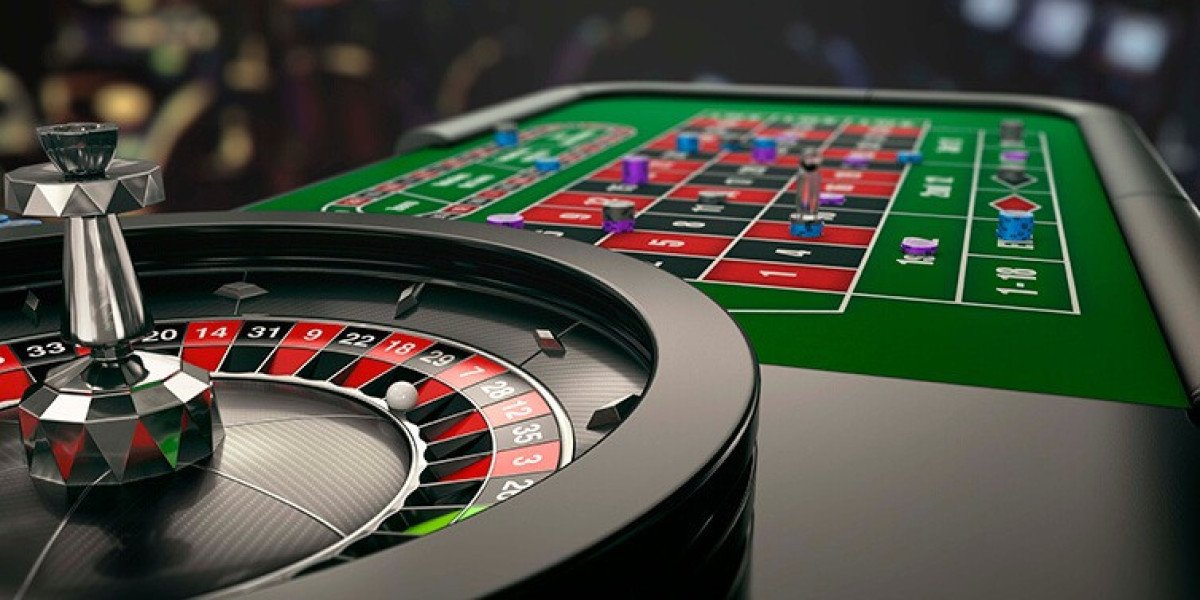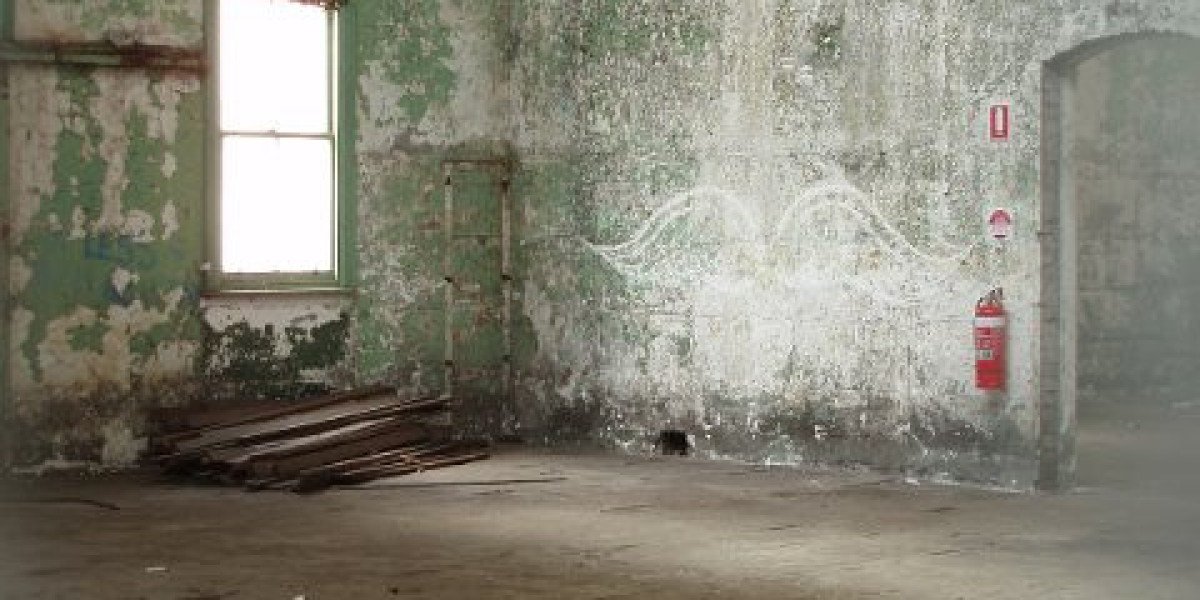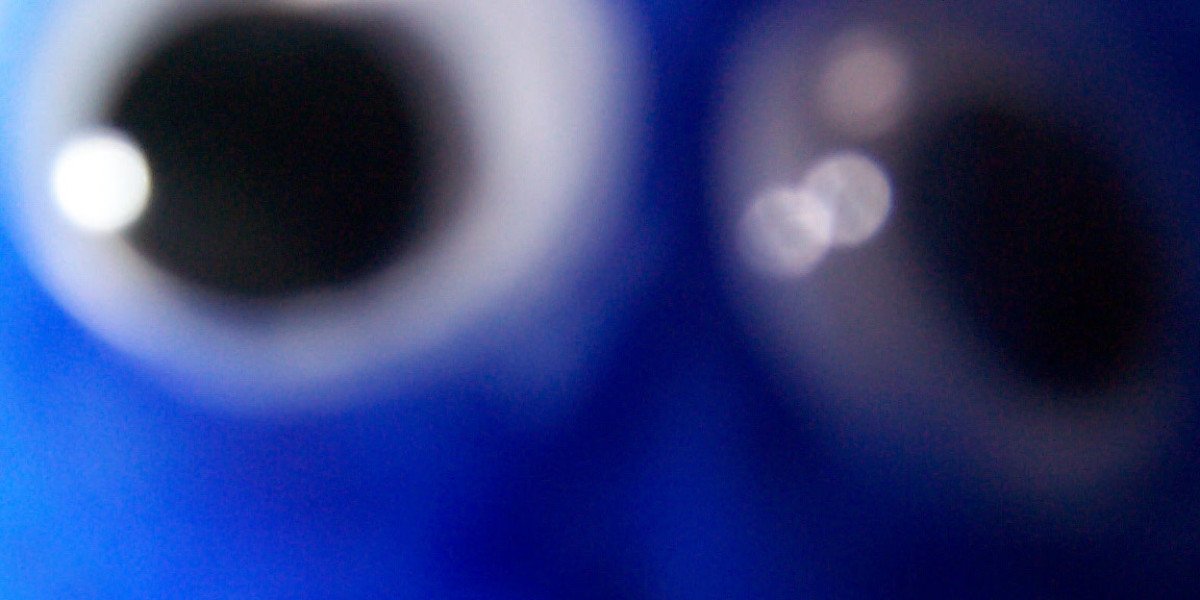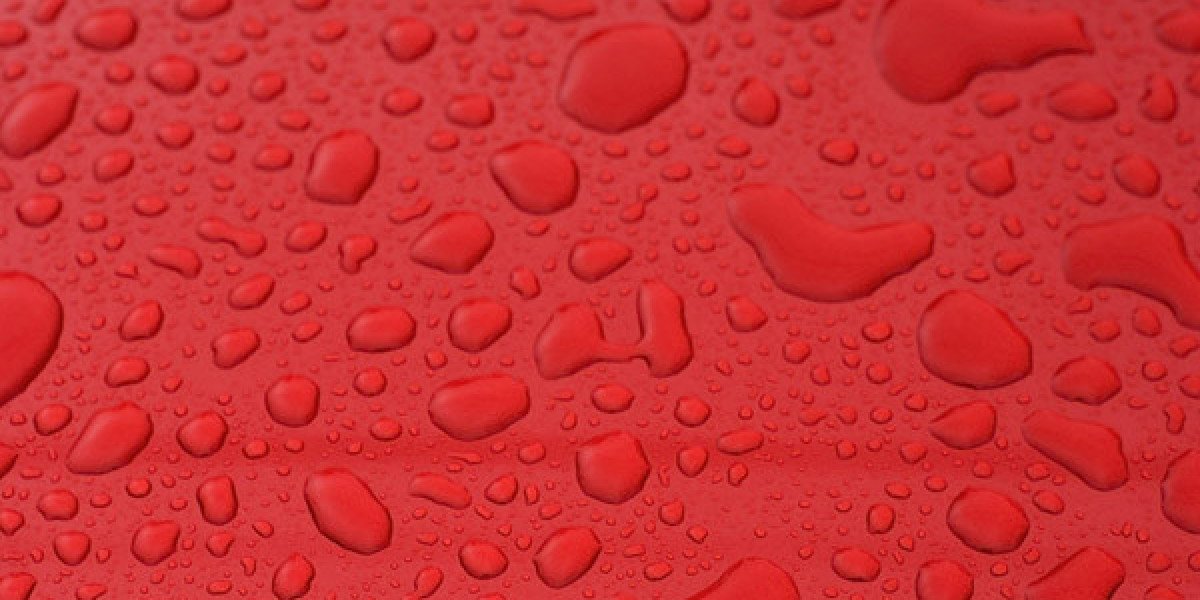The qualities exhibited by the Ceramic Ring crafted by Zhufa form a distinct impression in environments shaped by persistent thermal tension, since the dense structure maintains admirable calmness when immersed in strong heat while sustaining surfaces that resist distortion during extended sessions of operation, creating a setting where motion unfolds with controlled rhythm and stable interaction between fluid dynamics and mechanical contours. As temperatures rise and settle repeatedly, the ceramic body withstands shifting patterns of thermal expansion with a composed nature that protects delicate interfaces from disruption, allowing equipment to maintain uninterrupted paths of circulation shaped by steady transitions rather than abrupt mechanical strain. This sense of composure encourages machines to function with an elegant flow, even when exposure extends through demanding cycles that place stress on traditional materials which frequently soften or fatigue under similar conditions.
Within such environments, the interior texture of the ring reduces friction through refined contact that avoids rugged movement and unwanted resistance, forming a smooth passage where rotating or sliding components engage the surface with a gentle glide that supports extended motion without wearing away structural harmony. The ceramic layer avoids creating debris through abrasion, preserving clarity inside the equipment and maintaining an uncluttered environment where each moving part maintains its path without interference produced by accumulated particles. This characteristic amplifies the sense of quiet stability surrounding the device, especially when precise flow or controlled rotation is central to the operational goal.
The ability to retain shape during complex temperature shifts gives the ring an additional dimension of reliability, since the structure holds its geometry while surrounding regions breathe with heat expansion, ensuring that pressure pathways correct themselves naturally without sudden tightening or unpredictable deviations. Such stability promotes confidence among users who require components capable of flowing with gradual variations rather than reacting aggressively to them, as the ceramic formation supports the kind of slow and steady rebalancing that maintains predictable behavior throughout the process.
When friction levels remain low during prolonged operation, the equipment sustains extended intervals without demanding frequent examination or interruption, since the surfaces touching the ring maintain their condition with refined clarity and avoid developing rough patterns that would disrupt future function. The quiet passage created inside the mechanism encourages a consistent rhythm that suits projects requiring smooth transitions between phases of operation, whether movement is rapid, restrained, or quietly oscillating according to environmental cues shaped by mechanical transitions.
The density of the ceramic component serves another purpose by resisting chemical influence during encounters with heated fluids, allowing internal passages to remain loyal to their original form without surrendering to gradual surface decline or corrosive film formation that often troubles metallic counterparts. Such resistance complements the friction profile by reducing the need for surface recovery, since the ring retains its polished texture even when exposed to demanding mixtures that travel with speed, shifting temperature, or irregular pressure trajectories.
During sequences requiring sensitive coordination between heat, speed, and structural restraint, the ceramic core acts as an anchor that steadies the entire mechanism, allowing external conditions to deviate while the internal pathway holds its position with impressive calm. This balance offers valuable continuity to engineers seeking a foundation that welcomes continuous circulation while discouraging irregular disruption, setting the stage for equipment to maintain its identity through lengthy engagements shaped by repeated heat cycles.
Many facilities rely on equipment that cannot tolerate unnecessary interruption, and the ceramic component offers a sense of quiet confidence by meeting these needs with a posture dedicated to steadiness, shaping an experience where durability, surface harmony, and sustained temperature tolerance align to create a dependable atmosphere capable of supporting long operational windows. The structure resonates with an impression of controlled balance, revealing itself gradually through cycles of use where each session confirms the reliability embedded within the ceramic form.
Users wishing to explore equipment shaped with similar attention to structural elegance and reliable motion can reference the offerings presented at https://www.zfcera.com/ where the Ceramic Ring developed by Zhufa continues to stand as a thoughtfully engineered presence within environments demanding calm, refined, and continuous performance.







